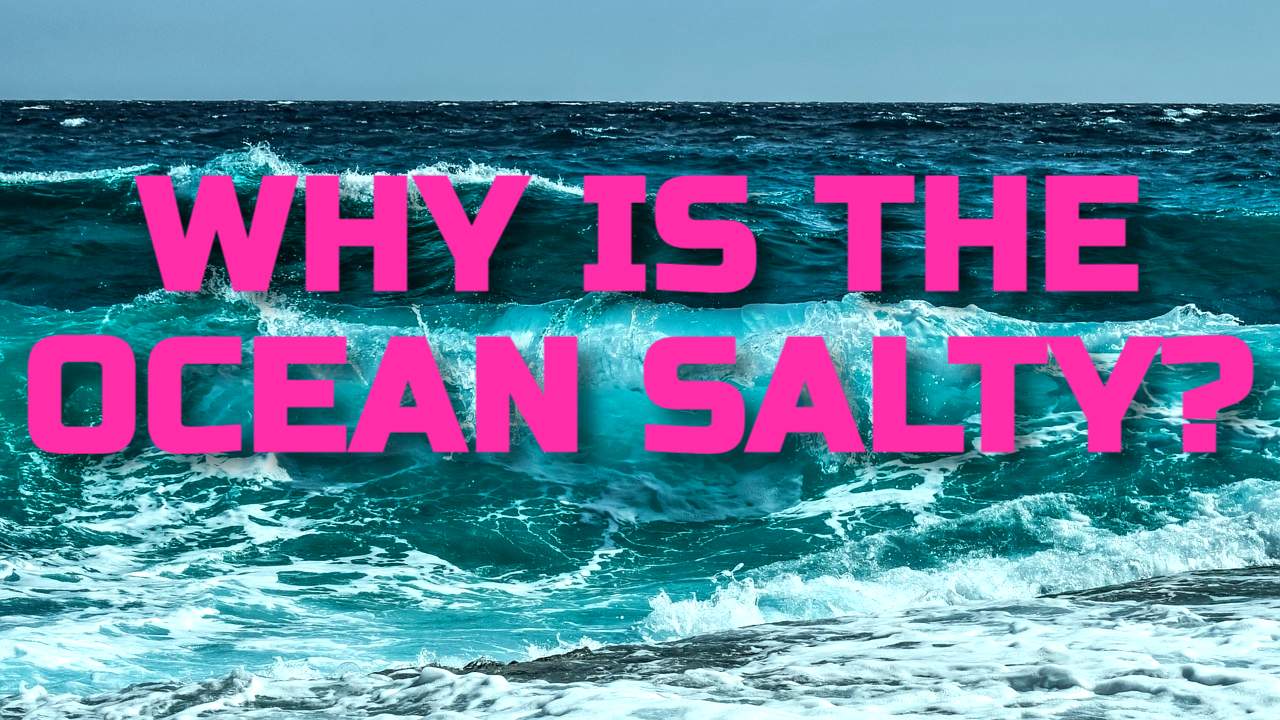Table of Contents
Intro to what makes the sea salty
The ocean is an integral part of our planet, covering nearly three-quarters of its surface and home to a wide variety of life. But why exactly is the ocean salty? The answer lies in the complex process of ocean formation and the elements that make up seawater. In this article, we will explore the reasons why the ocean is salty and how this affects our planet and all its inhabitants.
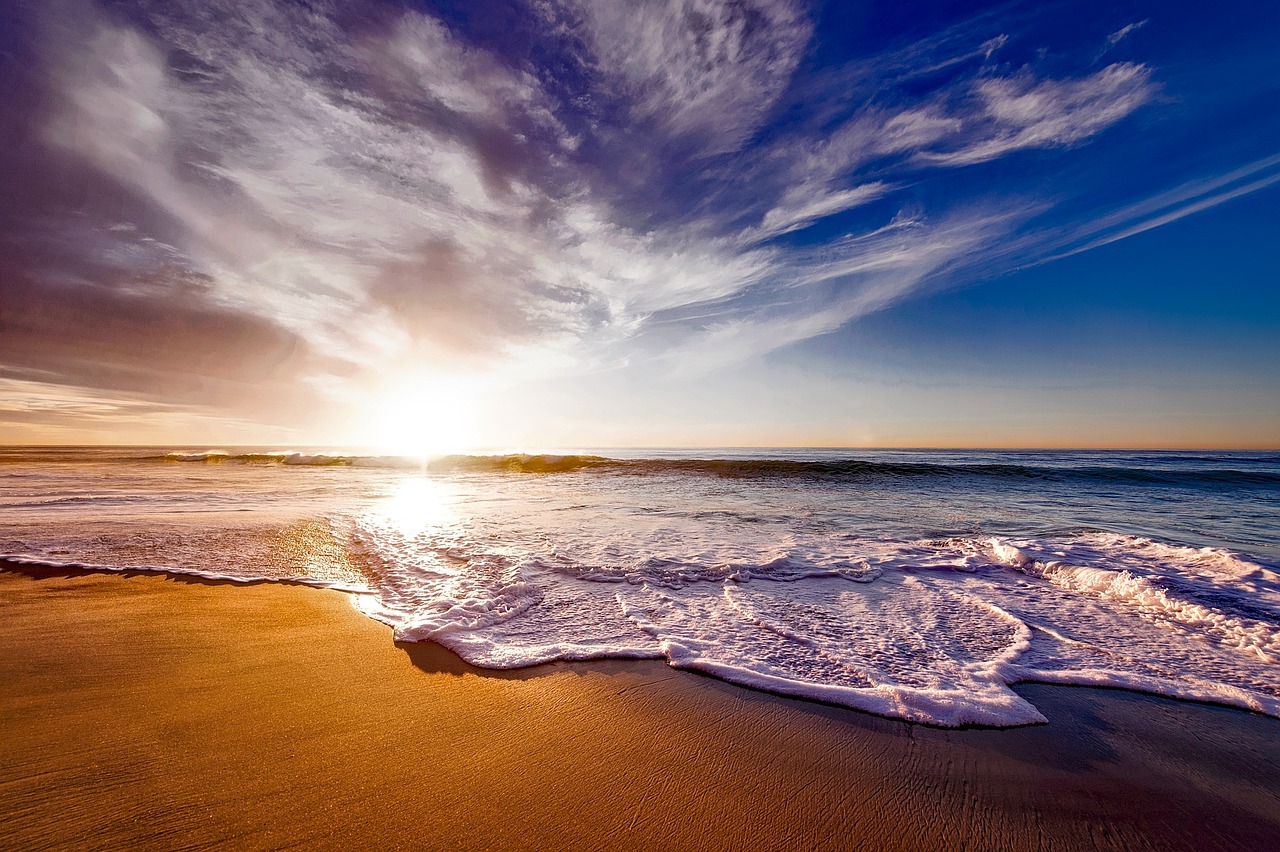
Why is the Ocean Salty?
The ocean is salty because of the dissolved minerals that come from the Earth's crust. Rainwater is naturally distilled and doesn't contain any salt, but as it flows over rocks and through soil, it picks up minerals such as sodium, magnesium, and calcium. These minerals are carried by rivers to the ocean where they accumulate over time.
The most abundant salt in seawater is sodium chloride (NaCl), which accounts for about 85% of all salt in the ocean. Other salts include magnesium sulfate (MgSO4) and calcium carbonate (CaCO3). The concentration of these salts varies depending on location and climate.
The salinity of seawater is measured by its total dissolved solids (TDS) which includes both organic matter and minerals. The average salinity of seawater is about 35 parts per thousand (ppt), meaning that for every liter of water, there are 35 grams of dissolved salts. However, some areas like the Dead Sea have much higher salinities due to high evaporation rates and low freshwater input.
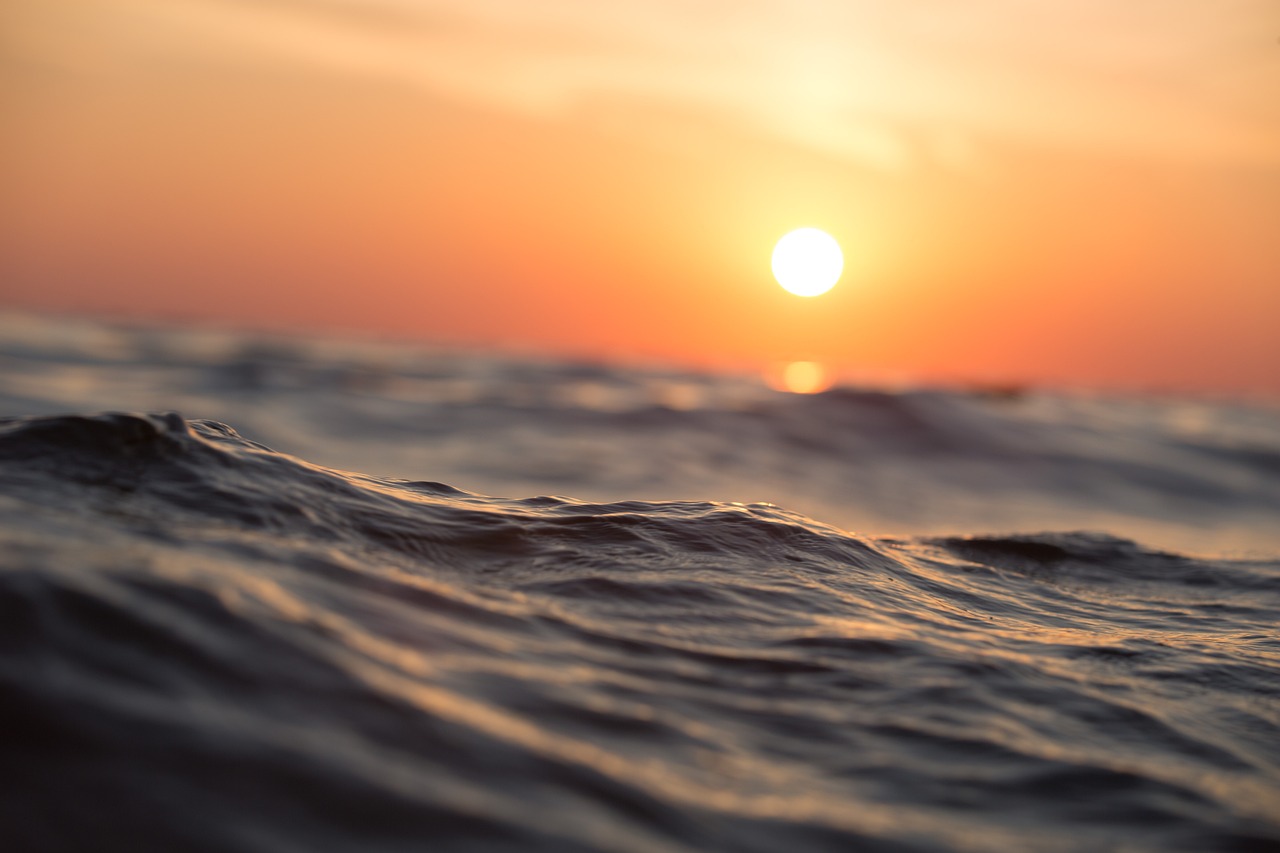
Weathering: How Rocks Contribute
One way that rocks contribute to the environment is through weathering. Weathering is the process by which rocks break down into smaller pieces over time due to exposure to elements such as wind, water, and temperature changes. This process can take a long time, but it can have significant impacts on the environment.
One example of how weathering affects the environment is in relation to the ocean's saltiness. When rocks are exposed to rainwater or ocean water, they begin to erode and release minerals such as sodium and potassium into their surroundings. Over millions of years, these minerals accumulate in bodies of water like oceans, making them salty.
Another way that weathering affects the environment is through soil formation. As rocks weather down into smaller particles, they mix with organic matter and other minerals in the soil. This creates a fertile ground for plants to grow and thrive. The nutrients released from weathered rocks contribute greatly to agriculture and food production worldwide. Overall, though often overlooked or underappreciated, rock weathering plays an important role in shaping our planet's environmental systems.

Rivers and Streams: Freshwater Dilution
One of the reasons why the ocean is salty is due to freshwater dilution from rivers and streams. When rivers and streams flow into the ocean, they carry a variety of minerals and salts with them. However, these are not enough to make seawater as salty as it actually is.
The main reason that freshwater dilution does not decrease the salinity of seawater much is because the ocean has a complex system of currents that helps to distribute salt throughout its depths. This means that even if some areas receive more freshwater than others, the overall salinity level remains relatively constant.
Despite this, there are still some areas where freshwater can have a significant impact on seawater salinity levels. For example, in estuaries where rivers meet the sea, there may be a noticeable difference in salinity between different parts of the waterway. Additionally, when large amounts of rain fall in coastal regions or during heavy flooding events, it can cause temporary decreases in ocean salinity levels due to increased freshwater input.
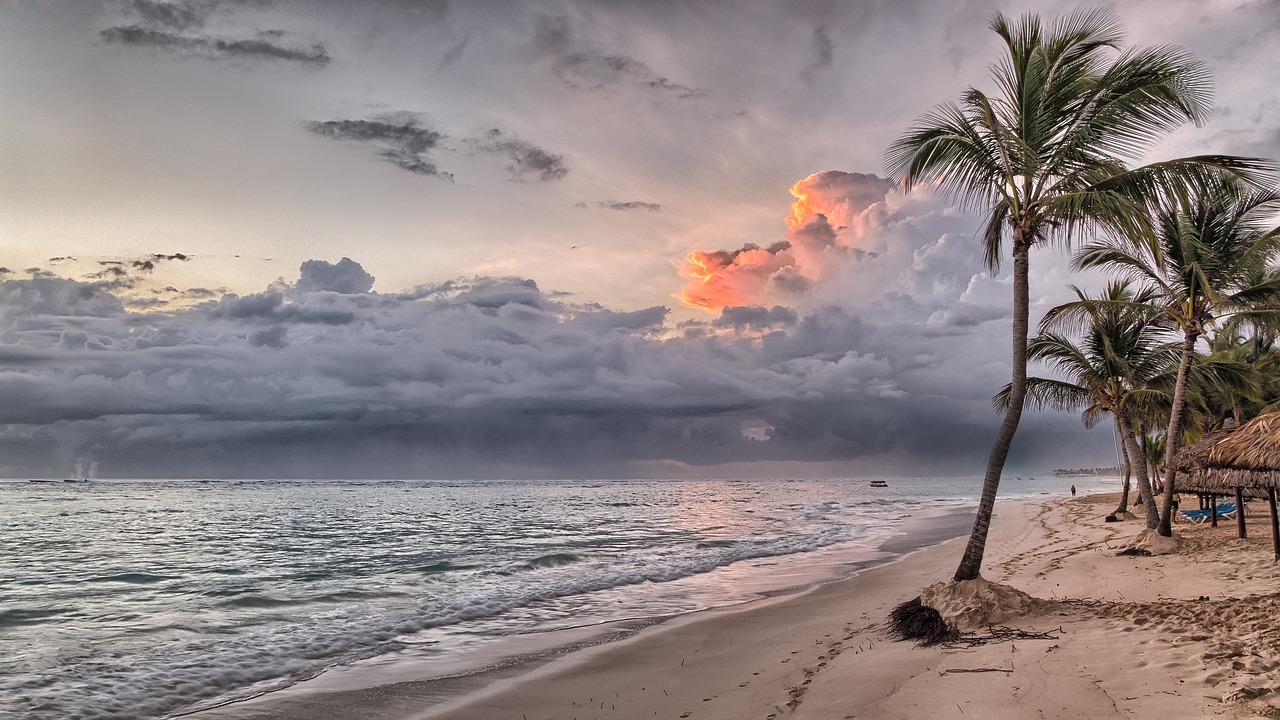
Evaporation: Sea Water Concentration
The ocean is salty because of the process of evaporation, which causes the concentration of salt in seawater. Sunlight heats the surface water, causing it to evaporate and leave behind its dissolved salts. This process continually repeats itself, with more water evaporating and leaving behind more salt.
However, not all parts of the ocean are equally salty. Areas closer to the equator tend to have higher salinity levels because they receive more sunlight and heat. In contrast, areas near freshwater sources such as rivers or melting glaciers tend to have lower salinity levels due to dilution.
The concentration of salt in seawater can also be affected by human activity, such as industrial pollution or agricultural runoff. These contaminants can increase salinity levels beyond natural levels and harm marine life. Understanding how evaporation affects sea water concentration is important for managing our impact on the oceans and protecting their delicate ecosystems.

Volcanic Activity: Magnesium and Chloride
Volcanic activity plays a significant role in the composition of ocean water. The minerals that are found in volcanic rock, such as magnesium and chloride, are heavily present in seawater. Magnesium is one of the most abundant elements in seawater and is essential for many marine organisms' survival. It is also a crucial component of coral skeletons, which help to form reefs.
Chloride, on the other hand, is responsible for giving seawater its salty taste. When water evaporates from oceans or other bodies of saltwater, it leaves behind dissolved salts like sodium and chloride. Over time, these salts accumulate and become more concentrated until they form salt deposits on land or remain dissolved in the remaining seawater.
Overall, volcanic activity contributes to the formation of these minerals that make up seawater's unique chemical composition. Without them, marine life would not be able to survive as we know it today. Understanding this process can lead to better conservation efforts for our oceans' delicate ecosystems and resources.

saltier seafloor and hydrothermal vents ocean facts
The seafloor is an incredibly diverse and fascinating environment, with unique features such as hydrothermal vents. These vents are formed when seawater seeps down into cracks in the seafloor, where it is heated by magma from a nearby volcano. The resulting hot water is then ejected back up through the vent, carrying with it dissolved minerals and gases such as carbon dioxide.
Hydrothermal vents are home to a variety of unique organisms adapted to thrive in the extreme conditions found there, including bacteria and tube worms. The surrounding waters near vents tend to be saltier and slightly more acidic due to the dissolved minerals, making it a challenging environment for the organisms that do not call the vents home.
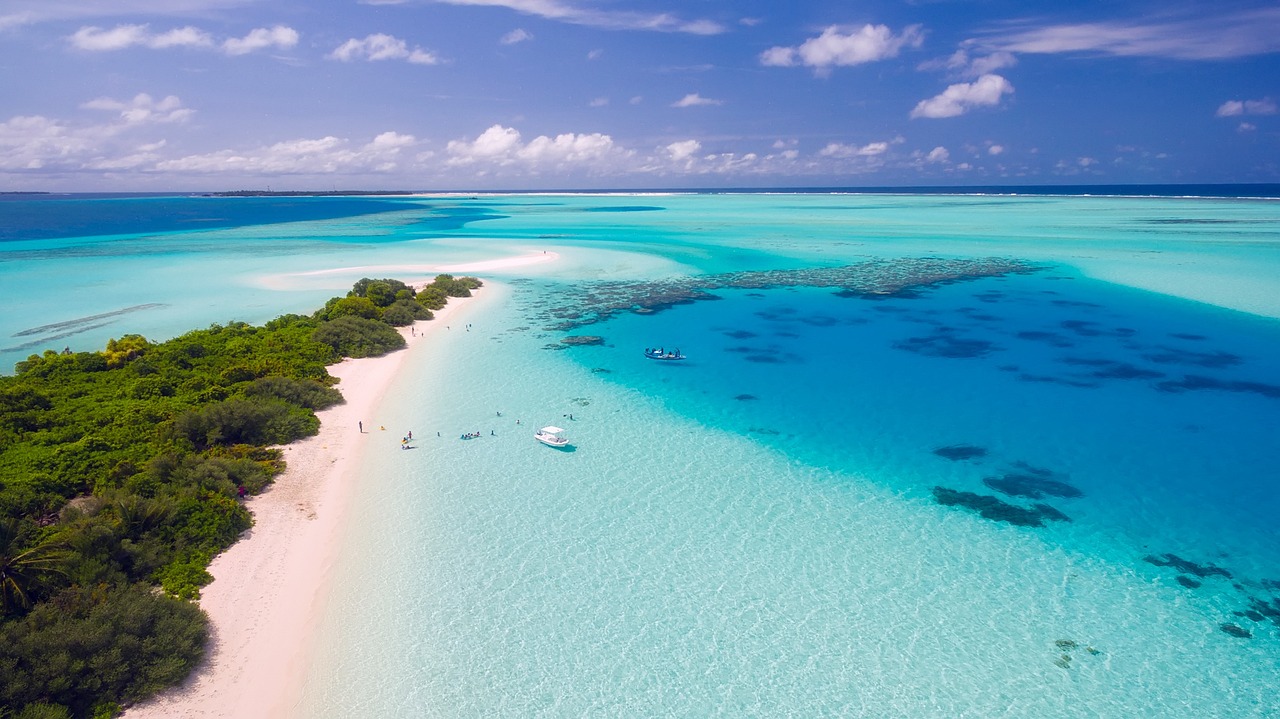
Submarine Springs: Brine Release
Submarine springs are a natural phenomenon that occur in the ocean floor where freshwater and saltwater mix. These springs can have significant impacts on the overall salt content of the ocean as they release brine, which contains high levels of salt and other minerals, into surrounding seawater. The brine released from submarine springs is denser than normal seawater due to its higher salinity levels, causing it to sink and mix with deeper layers of water.
The process of brine release from submarine springs helps to explain why the ocean is salty. Over millions of years, minerals such as sodium and chloride have accumulated in the ocean through various processes including volcanic activity, erosion, and weathering. As these minerals dissolve in water, they remain suspended in solution unless they come into contact with a substance that causes them to precipitate out or if there is an influx of freshwater that dilutes their concentrations.
In areas where submarine springs are abundant, however, dense brine releases can cause localized increases in salinity levels that exceed those found elsewhere in the ocean. This phenomenon helps to illustrate how interconnected all parts of Earth's systems are – even something as seemingly isolated as a spring on the sea floor can have far-reaching effects on our planet's climate and ecosystem health.
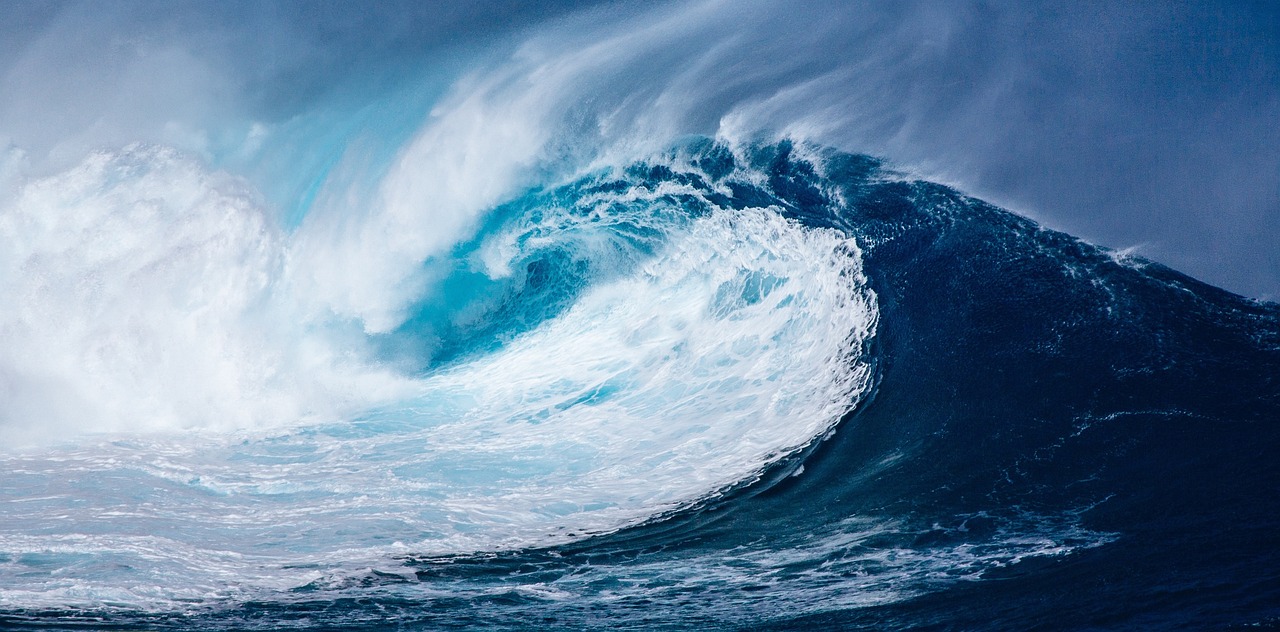
Human Activities: Pollution and Overfishing
Pollution and overfishing are two major human activities that have a significant impact on the health of our oceans. Pollution from various sources such as oil spills, sewage discharge, plastic waste, and chemicals has greatly affected marine life. For instance, oil spills can coat marine animals' fur or feathers, making it difficult for them to move or fly. Similarly, plastics take thousands of years to decompose and end up in the ocean's food chain through ingestion by fish and other marine creatures.
Overfishing is another human activity that has led to a decline in the number of fish species in our oceans. The practice involves catching more fish than can be replenished naturally leading to dwindling populations. As a result, this affects not only the targeted species but also those dependent on them for survival.
One may wonder why the ocean is salty; well, it's because of several natural factors such as volcanic eruptions and rock erosion that release minerals into seawater. However, human activities such as pollution exacerbate this salinity level by introducing new chemicals into the water bodies' ecosystems. Therefore, we need to take immediate measures to reduce pollution levels and overfishing practices before we irreversibly harm our oceans' health.
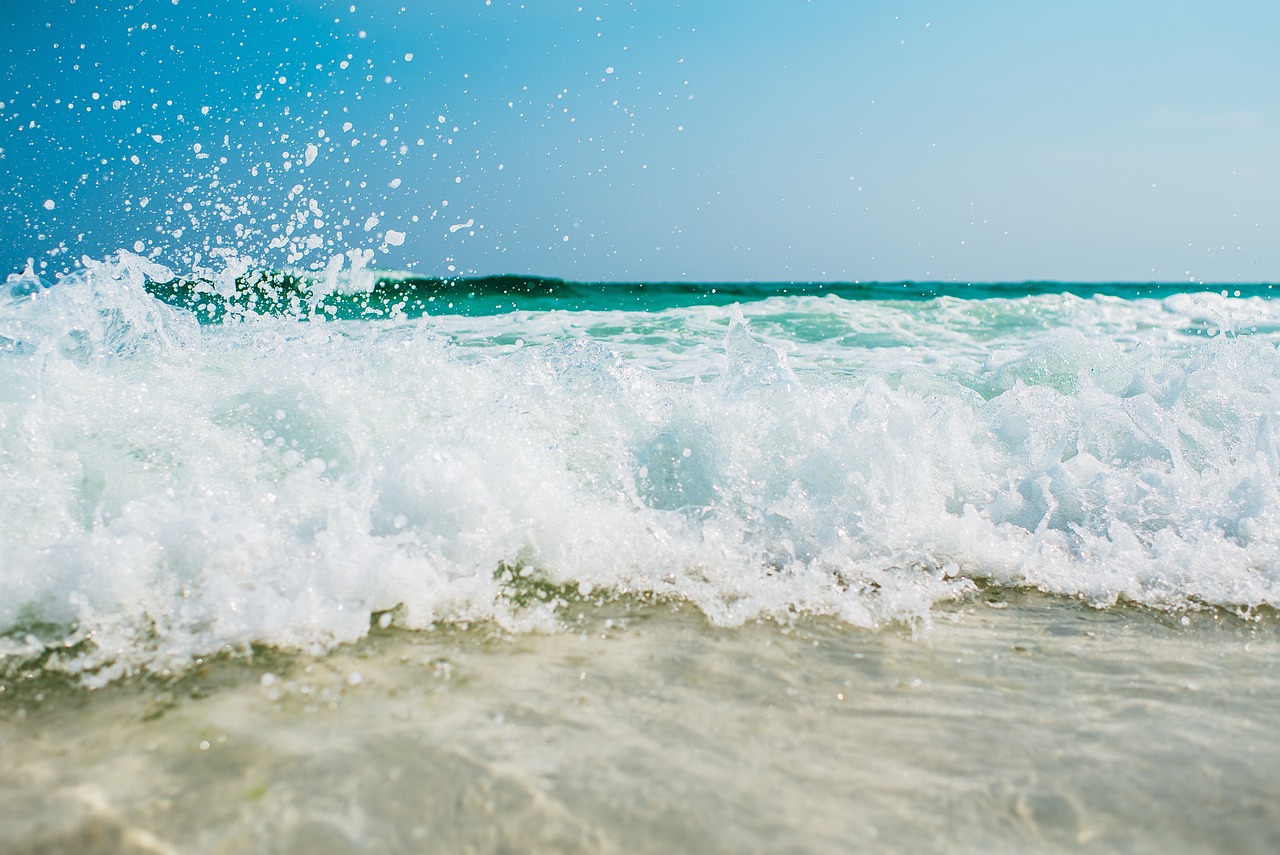
Conclusion
In conclusion, the ocean is salty due to a variety of factors. One major factor is the constant process of water cycling through the earth's atmosphere and surface. As water evaporates from oceans, lakes, and rivers, it leaves behind salt and other minerals. When this evaporated water condenses into clouds and falls back to earth as precipitation, it carries these minerals with it back into rivers that eventually flow into oceans.
Another contributing factor is volcanic activity on the ocean floor. Volcanic eruptions release large amounts of dissolved minerals like chloride and sodium into the ocean’s waters. In addition to these natural processes, human activity such as agricultural runoff and industrial waste can also contribute to an increase in the amount of salt in our oceans.
Ultimately, understanding why the ocean is salty not only provides insight into scientific processes but also highlights our responsibility for protecting our environment from further harm. As we continue to learn about the complexities of our planet’s ecosystems, we must strive towards sustainable practices that preserve its natural resources for future generations to come.

Related Articles
Ocean Service Why is the ocean salty?
https://oceanservice.noaa.gov/facts/whysalty.html
USGS Why is the ocean salty?
https://www.usgs.gov/faqs/why-ocean-salty
Britannica Why is the ocean salty?
https://www.britannica.com/story/why-is-the-ocean-salty
Popular Mechanics Why is the ocean salty?
https://www.popularmechanics.com/science/environment/a29444126/why-is-the-ocean-salty/
American Oceans Why is the ocean salty?
https://www.americanoceans.org/facts/why-is-the-ocean-salty/
Surfer Today Why is the ocean salty?
https://www.surfertoday.com/environment/why-is-the-ocean-salty
Ponce SDSU Why is the ocean salty?
https://ponce.sdsu.edu/usgs_why_is_the_ocean_salty/usgs_why_is_the_ocean_salty.html
Phys Why is the ocean salty?
https://phys.org/news/2022-07-ocean-salty-world-biggest-bodies.html
The Independant Why is the ocean salty?
Study Why is the ocean salty?
https://study.com/academy/lesson/why-is-the-ocean-salty-lesson-for-kids.html
Ocean Literacy Why is the ocean salty?
https://oceanliteracy.unesco.org/ocean-salty/
Ocean Clock Why is the ocean salty?
https://www.oceanclock.com/en/blog/44-why-is-ocean-water-salty
Nerd Momma Why are flamingos pink? What makes flamingos pink and what makes a flamingo turn pink?
https://nerdmomma.com/why-are-flamingos-pink-3-astounding-main-reasons/#more-1799
Nerd Momma Why is the sky blue? Have you ever wondered why the sky appears blue?
https://nerdmomma.com/why-is-the-sky-blue-7-fascinating-facts/#more-1667
